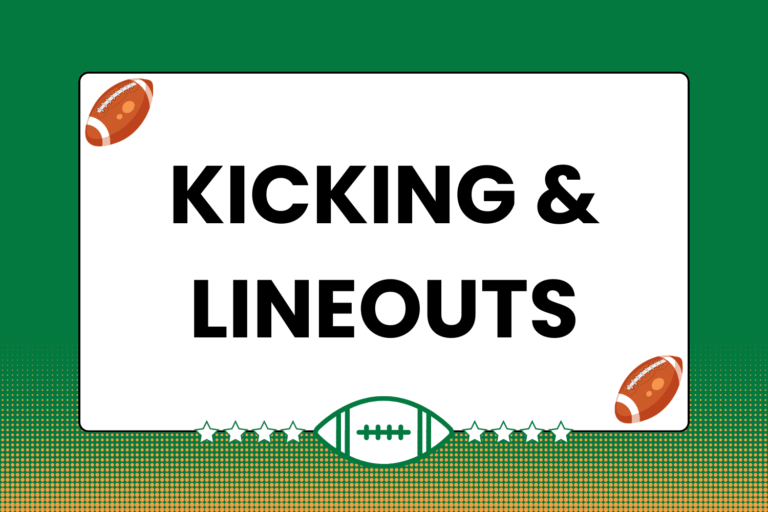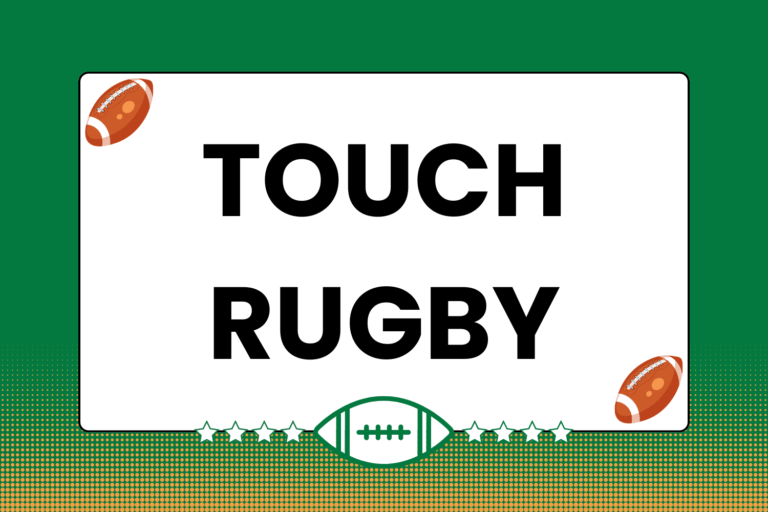The scrum is one of rugby’s most recognizable structures. Eight players on each side are involved, and are referred to as the Pack. When both packs come together it generates an incredible amount of force. Although the forwards are the only players directly involved in the scrum, how they perform affects the entire team’s performance. This guide breaks down the responsibilities for each of the players involved in the pack.
The Scrum’s Core
Though there are eight forwards involved in the scrum, the core is formed by the props, hooker, and second row players. This group of players is referred to as the “Tight Five” and they generate the power and force of the scrum. Each player in the tight five has a specific job, and they’re broken down as follows:
Props
Along with the hooker, the props make up the Front Row of the pack. When both packs collide to make a scrum, it’s up to the front row to both transfer the force of their pack to the other side (props) and secure the ball from the put-in (hooker).
The Props are at the very front of the pack. The props are usually the biggest and strongest players on the team. Strength and size are especially helpful in the pack, because the props’ first duty is to deliver a forceful hit to the other side’s pack. Along with delivering the first hit, they must also keep a solid bind on the hooker, so he can concentrate on heeling the ball back from the Put In.
Hooker
Bound between both props is the Hooker. Generally one of the smaller forwards, the hooker’s main responsibility in the scrum is to heel the ball back from the put-in.
Second Row
Immediately behind the props and hooker are the two second row players, or Locks. These players bind to one another, as well as to the props in front of them. Though they do help to generate power for the initial hit and drive, they are also responsible for maintaining the stability of the front row players. One second row player continues to foot the ball backward after the hooker secures it, directing it towards the back of the pack.
These linked players are referred to as the tight five, because these players are surrounded on all sides by both teammates and opponents. Also important (and part of the nickname’s origin) is that their initial bind is one of the most important aspects of the scrum. The props bind on to the hooker, and the second rows bind on to the props. The more secure (or tighter) these bindings are, the more stable the tight five will be, and the easier it is to generate and sustain the momentum of the original hit.
The Reaction Players
Three other members of the pack surround the tight five: Two Loose Forwards (or flankers) and the Eight Man. While the tight five players are mostly concerned with delivering the first hit and maintaining the pack’s momentum, the loose forwards and eight man are mostly concerned with the transition from the scrum back to regular play. Here’s a look at their roles in the scrum:
Loose Forwards
Loose forwards are also called flankers because they are positioned on both sides of the tight five, between the props and locks. The loose forwards bind on to each lock with one arm, and maintain contact with the prop in front of them. In doing so, they provide some extra stability from the outside of the scrum. Loose forwards only use one arm to bind because they are the first to detach from the scrum, and must be able to do so quickly. Additionally, their free arm explains why they’re distinguished as “loose” forwards: They’re not bound together as tightly as the other forwards.
Eight Man
Unlike the loose forwards, the eight man is bound in tightly to the rest of the pack. Located at the very rear of the pack, the eight man binds on to both second row players and helps generate momentum when the pack drives forward.
Much like the hooker, the eight man is also responsible for securing the ball with his foot. After the ball gets transferred to the back of the pack, the eight man uses one foot to roll the ball directly underneath his body. From there, the scrum half usually picks the ball up, though the eight man can also carry it out.
Success Comes With Teamwork
The scrum may be the best example of teamwork in all of team sports. True, athletes in other sports must work together to win, but rarely are so many players required to cooperate in such a cohesive and tight-knit manner. In order to have a successful scrum, these eight players have to work together and trust that the player next to him can do his job.





